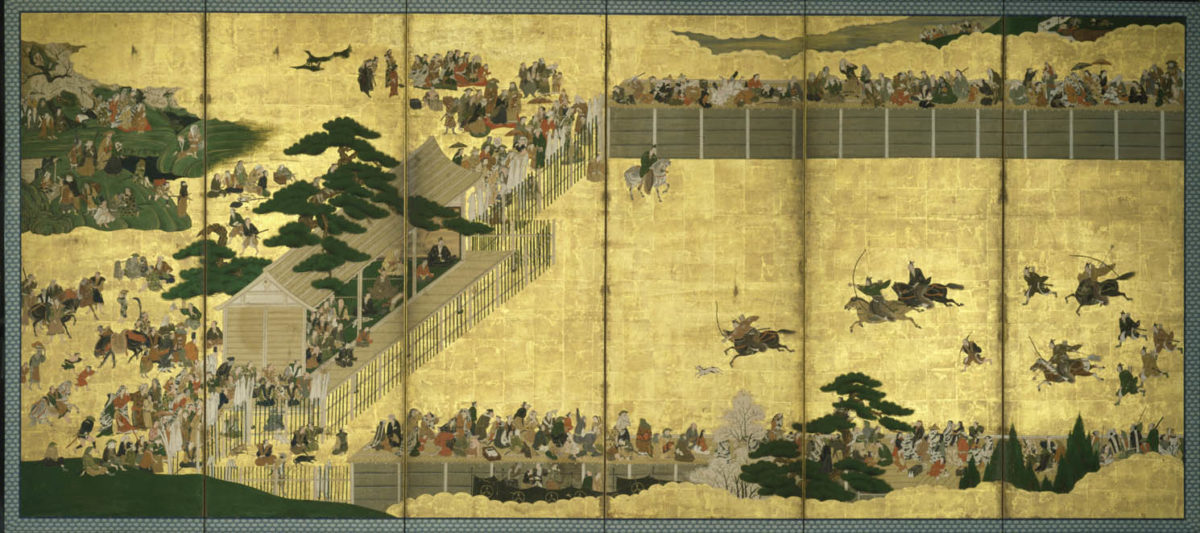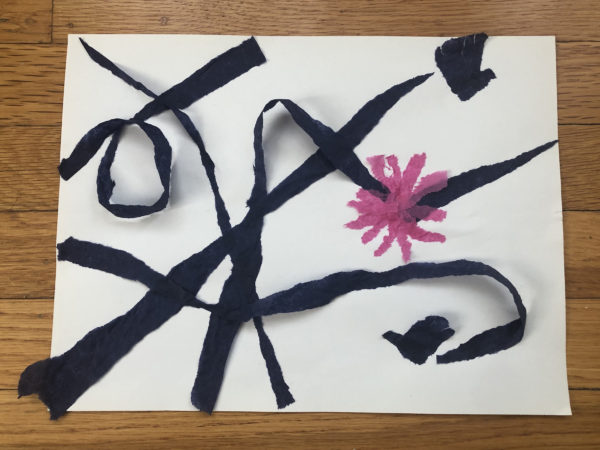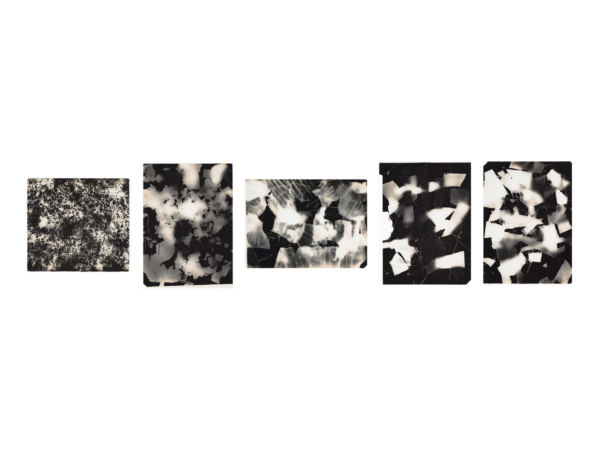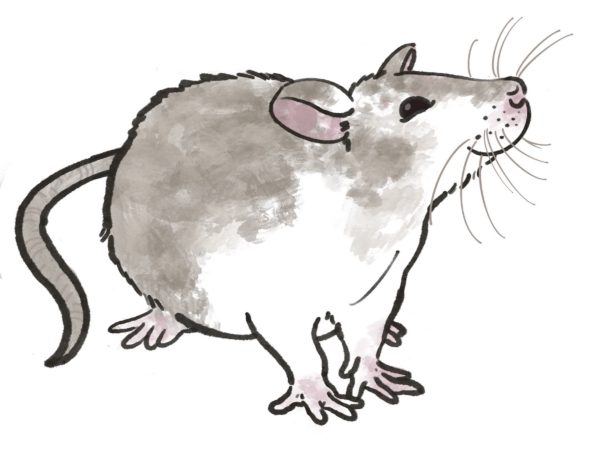Activity
Samurai: Way of the Warrior

Dog Chasing
The ideal of a soldier as someone of exceptional bravery, physical prowess, and strategic brilliance appears in literary sources dating back to the Heian period (794–1185). An early example is the following account of the eleventh century warrior Minimoto Yoshiie:
[Yoshiie] was a warrior of peerless valor. He rode and shot arrows like a god. Defying naked blades, he broke through the rebels’ encirclements, appearing first on their left and then on their right. With his large-headed arrows, he shot the rebel chieftains in rapid succession. He never wasted an arrow, but mortally wounded all those he attacked. Known throughout the land for his godly martial ways, Yoshiie rode like thunder and flew like the wind. The barbarians scattered and fled before Yoshiie, not one willing to confront him.1
To hone skills like Yoshiie’s, samurai dedicated themselves to various martial arts and recreations. Chief among them was archery practice, carried out both on foot and mounted on horseback. The activity known as dog-chasing, in which mounted archers shoot heavily padded arrows at dogs within an enclosure, is just one of several martial recreations designed to facilitate aim and speed. Training in swordsmanship and spear fighting were also essential martial arts.
Beyond his physical skills, the samurai was expected to embody good character and ethical conduct. The Way of the Samurai, by philosopher Yamaga Soko (1622–1685), described the samurai ideal as follows:
The business of the samurai consists in reflecting on his own station in life, in discharging loyal service to his master if he has one, in deepening his fidelity in associations with friends, and, with due consideration of his own position, in devoting himself to duty above all.2
A special set of values and laws guided samurai life. They emphasized loyalty to one’s overlord, strict obedience to duty, honorable conduct, and the courage to face untimely death. The bond of loyalty between lord and vassal was such that it often required “fidelity even unto death.”3 Ritual suicide (seppuku) was used by samurai as a means of avoiding a dishonorable death, of expressing loyalty, or to atone for a lack of judgment or deviation from duty. Warriors were expected to lead a life of austerity, temperance, and self-discipline, focused constantly on preparation for battle.
Bushido (lit. the “Way of the Warrior”) is a term used for the systematic code of warrior ethics formulated during the 1600s, when an era of peace followed a century of war and turmoil. This code took on a stronger moralizing tone, combining Chinese Confucian ethics emphasizing social relationships and self-cultivation with the traditional values of the warrior class. In addition to the warrior values enumerated above, new disciplines were created which redirected the emphasis from combat readiness to self-cultivation, such as can be achieved through the modern martial arts of judo (unarmed fighting that emphasizes leveraging and throwing), aikido (unarmed fighting that stresses the redirection of the opponent’s movement), and kendo (traditional Japanese fencing).
1Mutsu waki, quoted in Paul Varley, Warriors of Japan as Portrayed in the War Tales (Honolulu: University of Hawai’i Press, 1994), 38.
2 Yamaga Soko, Yamaga Soko bunshu, quoted in Ryusaku Tsunoda, Wm. Theodore de Bary, and Donald Keene, editors. Sources of Japanese Tradition, vol. 1 (New York: Columbia University Press, 1958), 390.
3Mutsu waki, quoted in Paul Varley, Warriors of Japan as Portrayed in the War Tales (Honolulu: University of Hawai’i Press, 1994), 21.






